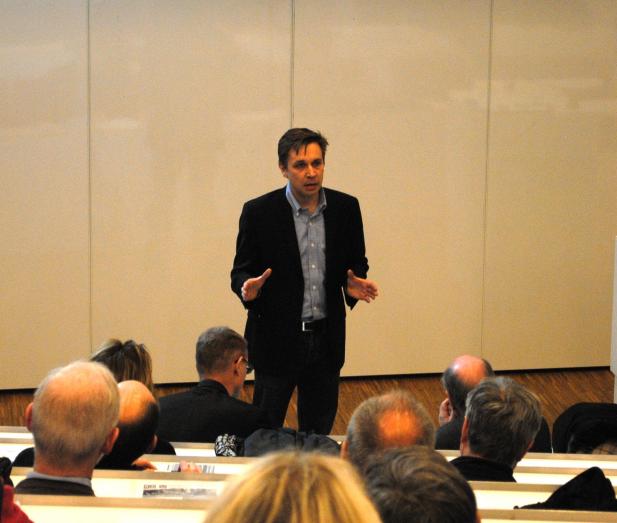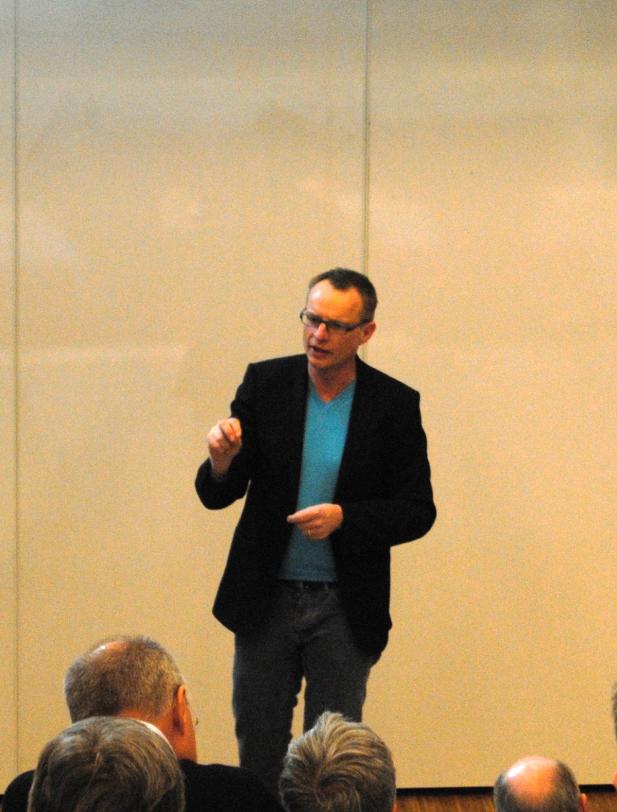The Nordic model has also gained attention when talking about the relationship between the State and the civil society

The 13th of March 2013 around 35 people gathered at CBS for a Nordic seminar about the states and the modernisation processes in Scandinavia. The seminar was arranged by the CBS Public-Private Platform and the CBS Centre for Business History.
The Nordic model has also gained attention when talking about the relationship between the State and the civil society - about the public and the private. The Nordic combination of economic competition and the Welfare State is, by some, called the next supermodel. This was one of the focus areas at the seminar.
On the agenda were both Associate Professors at CBS Martin Jes Iversen and Mads Mordhorst and Professors at CBS Kurt Jacobsen and Uffe Østergaard. To further elaborate on the Nordic modernisation processes the seminar were visited by representatives from Lund University. Together they took the participants through the history of the states from the 1850’s to the 1950’s and until today elaborating on how Scandinavian has changed from being a remote development economics to becoming a relative affluent part of the world.
As an important part, the seminar shed light on how the state has played a role as financial actor, and how this role has developed through time. And taking the different Scandinavian countries into consideration this role has been quite different. Mordhorst defined the Danish Model as building on farming and agriculture, the Swedish on industry and raw material and the Norwegian as nationalism and raw material.
Scandinavia is often talked about using the word democratic, but at the seminar it was questioned, what is this democratic design, where does this specific Nordic come from and how and why this international interest? In the article “Nordic Lights” from the Economist, this is also put under the magnifier, among others it is argued that:
...there are compelling reasons for paying attention to these small countries on the edge of Europe. The first is that they have reached the future first. They are grappling with problems that other countries too will have to deal with in due course, such as what to do when you reach the limits of big government and how to organise society when almost all women work. And the Nordics are coming up with highly innovative solutions that reject the tired orthodoxies of left and right.
Read “Nordic Lights” , the Economist February 2013 here
